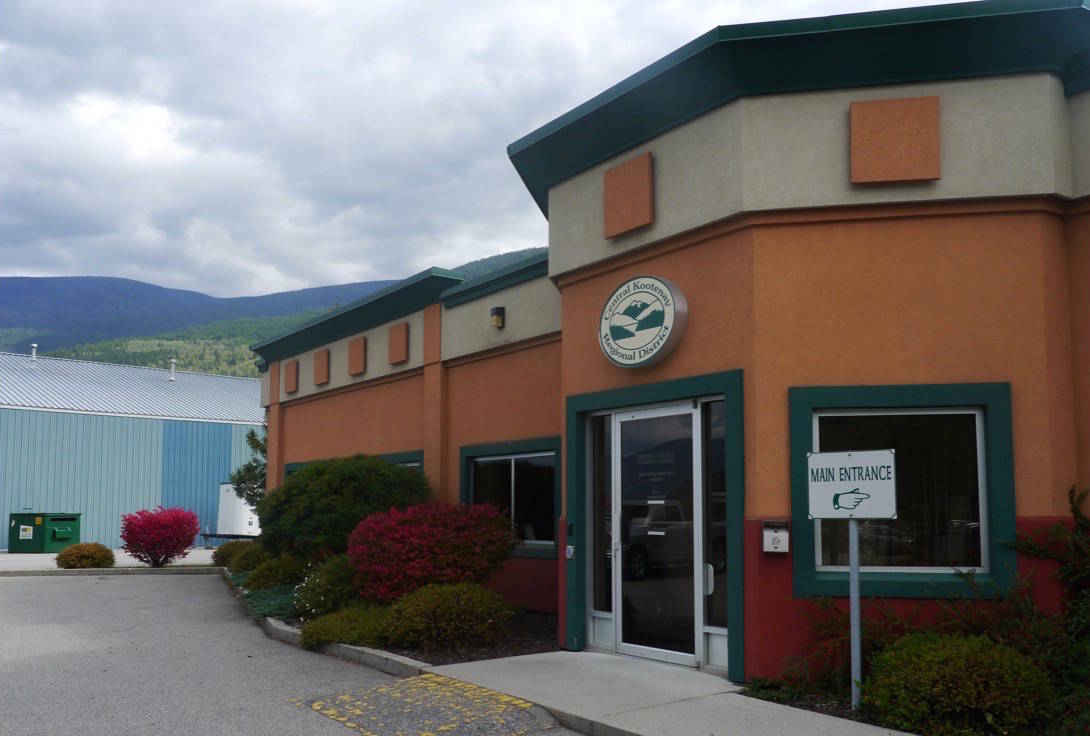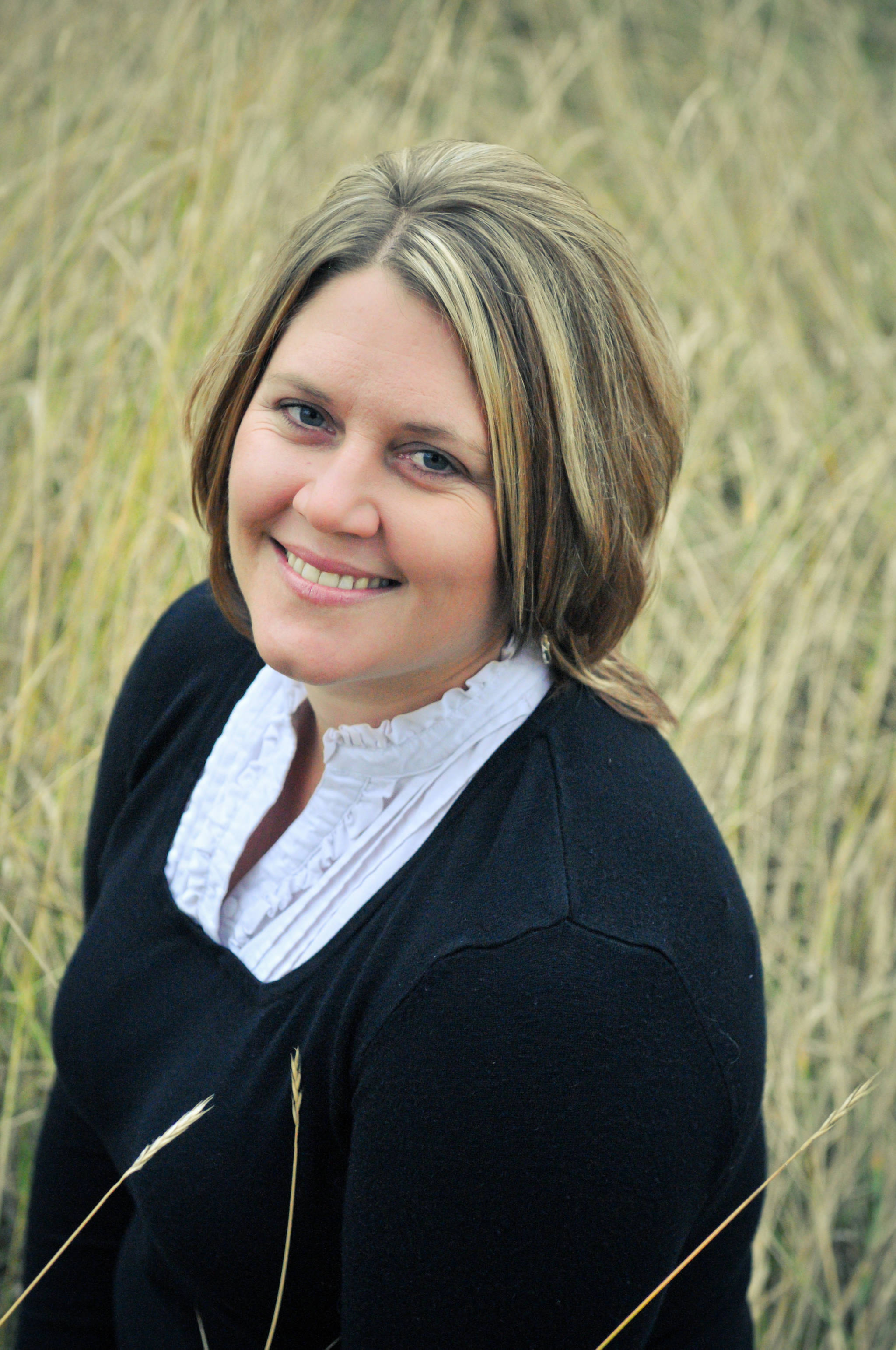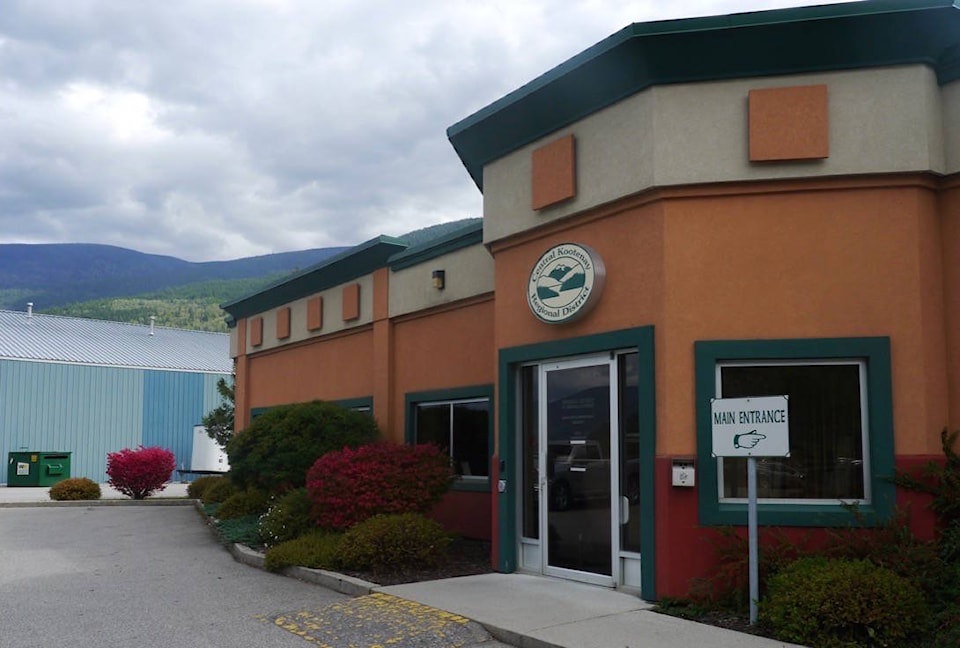The Regional District of Central Kootenay board has voted itself a 14 per cent pay increase, to take effect next year.
Aimee Watson says she works full time as the director representing Area D (North Kootenay Lake). For that, she currently gets $33,000 annually.
“I try to keep it under 40 hours per week and that is really challenging,” she says.
If she wanted to open an office or buy office supplies, there is no budget for that: it comes out of her pay.
Until recently the federal government offered local government elected officials a 30 per cent tax break on their earnings to help pay such costs. But that tax break ends as of Jan. 1, 2019.
“Fourteen per cent is an improvement,” Watson says. “It works out to be a seven per cent increase because of losing that tax free component. It’s a step in the right direction. It won’t allow you to buy or rent a home if that is your only income, but this used to be a volunteer position.”
Watson says the increase for all 20 directors will cost $62,000 per year combined, amounting to approximately $1 per year per resident.
The board chair and vice chair make more than the directors, but their stipends will not increase.
Watson and fellow director Tanya Wall (rural Creston) have both championed the idea of a pay increase for directors because they want to make the position more attractive to young people. That would mean making the pay reflect the amount and complexity of the work, they say.
“Typically there is an older age population (on the board),” says Wall, “because they are the ones that can afford to be there. They are either retired or working part time. This is about accessibility and not limiting it to those who have other income.”
In addition to wanting a more diverse board, Wall and Watson say the job has gradually become more complex and time consuming as it takes on work previously done by provincial and federal governments.
“Community economic development, tourism advisory, ministry land closures, forestry regulations — a ton of different things like that,” said Wall. “People are doing this job in a three-quarters to full time capacity where ten years ago this job was a quarter to half time.”
The 14 per cent increase will also apply to the $13,000 currently paid to municipal directors on the board, such as Nelson’s mayor Deb Kozak.
At the meeting, rural Castlegar director Andy Davidoff suggested a pay raise should be determined by an independent committee, but the board rejected the idea because it would take a long time to get the committee together and they wanted to get the pay increase in place before the election this fall.
However, they agreed to further study reimbursing directors for childcare costs and providing extended health benefits.


